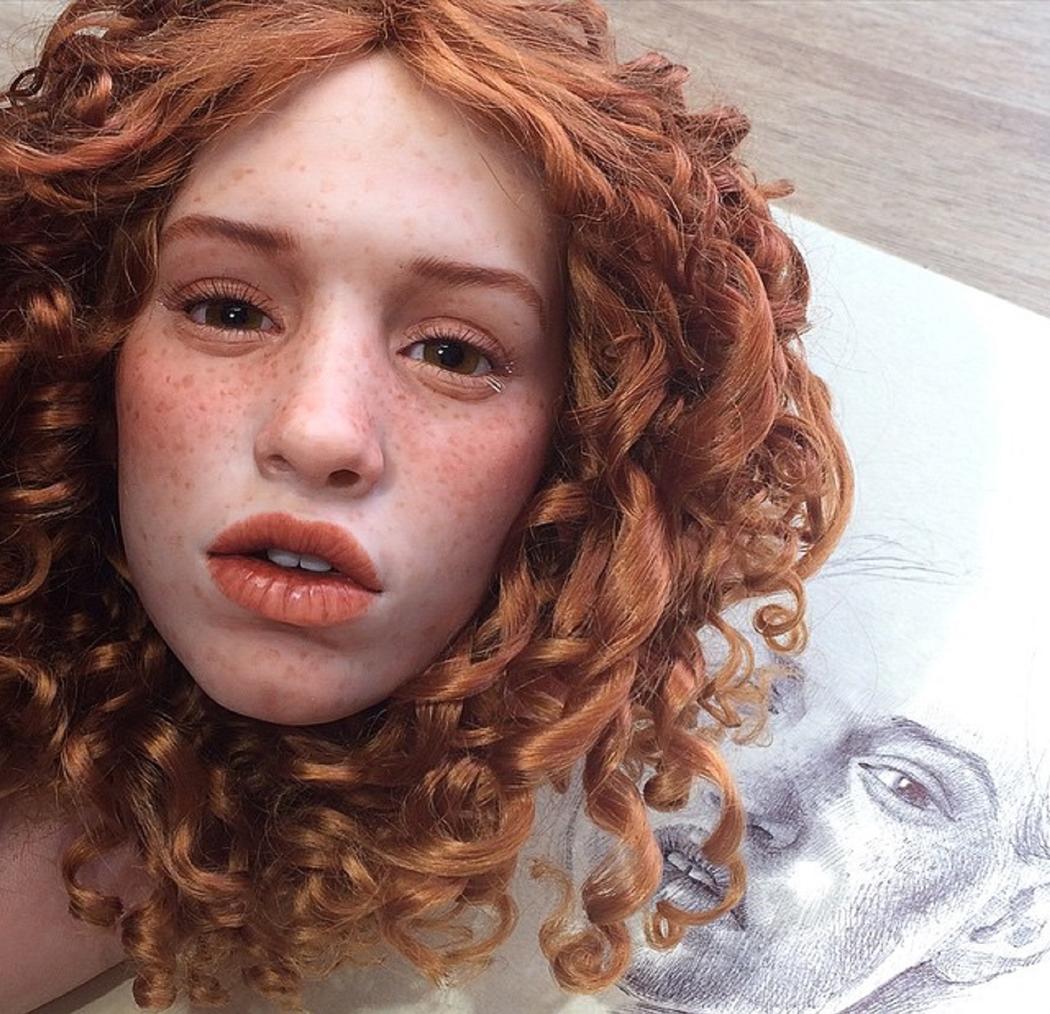Today is the Transgender Day of Visibility. In celebration, and in the spirit of always learning, visit Jes Fan, and their work. Hyperallergic has a good look at Fan’s current body of work, No Clearance in the Niche, exhibiting at the Museum of Arts & Design, NYC, through April 30th.

Jes Fan, “Stranded between one act and another” (2016), polished resin, hair (all images courtesy of Museum of Arts & Design, unless noted).
If gender is learned and performed, as scholars like Judith Butler have argued, then can it also be reinforced at a biological, molecular level? Jes Fan’s No Clearance in the Niche poses this question by exploring how our bodies are already engineered, and the ways we can take control of engineering them better to serve our own needs and desires.
The exhibition stems from Fan’s experiences transitioning between genders and also between continents. As Fan explained to me before the opening, “I started thinking, how pervasive is the patriarchy in organizing power structures, and even bio-politically? Birth control pills are a cocktail of progestogens and estrogen. What are the feminizing effect on bodies who take birth control pills? Why are the bodies of uterus-owners policed more rigorously than others?” Fan’s work falls in line with much of the current discourse about the ways that drug use and administration are influenced by cultural, racial, and gender biases. Decisions about who has access to drugs and how they are packaged remains in the hands of a white capitalist patriarchy, and many marginalized people are forced to find ways to navigate these exclusionary policies.
You can read and see much more at Hyperallergic. * Jes Fan in their Studio: The Miracle of Gender. * Jes Fan’s Site.




























